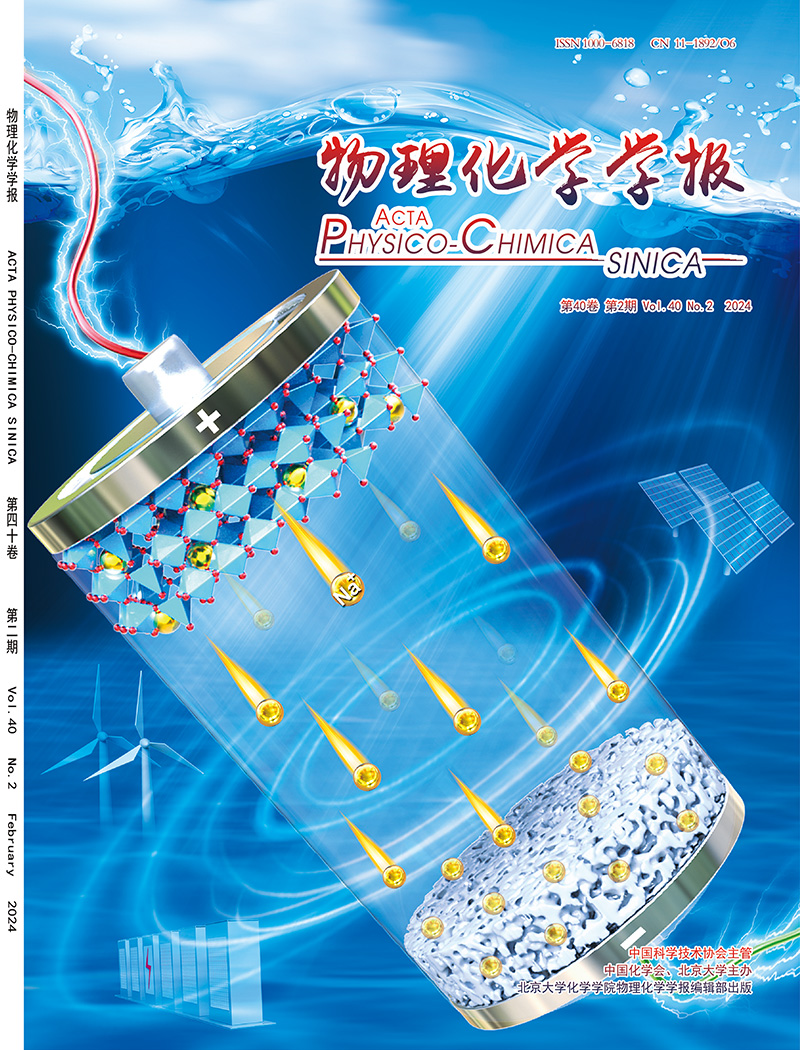Design strategy for thermally activated delayed fluorescence materials with multiple resonance effect
IF 13.5
2区 化学
Q1 CHEMISTRY, PHYSICAL
引用次数: 0
Abstract
Since the initial report on multiple resonance thermally activated delayed fluorescence (MR-TADF) molecules, their narrow band emissions, high quantum yields and other characteristics have consistently fueled research interest in the realm of organic electronics, particularly organic light emitting diodes (OLED). These molecules swiftly ascended to the forefront of research, serving as a pivotal focus, giving rise to numerous high-performance devices and meticulously crafted molecules. Devices featuring MR-TADF molecules as the luminescent core continually redefine our comprehension of OLED, with some employing hyperfluorescence technology attaining peak performance in specific photochromic domains today. Presently, with the escalating demand for ultra-high-resolution displays, the international telecommunication union (ITU) has unveiled the next generation color gamut standard, BT.2020. This standard delineates the broadest display color gamut, mandating monochromatic primary color wavelengths of 467, 532, and 630 nm, constituting an exceptionally extensive color gamut. Simultaneously, achieving high-resolution displays with such an expansive color gamut imposes unprecedentedly stringent requirements on the color purity of device elements. Consequently, it imposes a formidable color purity target for display technology. In the past, traditional fluorescent materials struggled to meet these demands. The advent of BT.2020, however, has presented new opportunities for the advancement of MR-TADF molecules, leading to a surge in popularity in this field. In recent years, with copious research and practical applications, the MR-TADF molecular family has undergone rapid evolution. Nevertheless, discussions and summaries primarily centered on the field's development, with limited focus on molecular design strategies. This deficiency hinders adequate reference for researchers entering the field. Consequently, this article expounds upon the design principles of select MR-TADF molecules reported in the past three years. It delves into aspects such as the X-π-X principle, fast reverse intersystem crossing processes, narrow-band emission, and high oscillator strength. Additionally, it posits future design directions, including the incorporation of non-traditional structures into the MR-TADF domain. Finally, the article offers suggestions for the prospective development and industrialization of the MR-TADF field.

具有多重共振效应的热激活延迟荧光材料设计策略
自首次报道多共振热激活延迟荧光(MR-TADF)分子以来,其窄带发射、高量子产率和其他特性一直激发着有机电子学领域的研究兴趣,特别是有机发光二极管(OLED)。这些分子迅速上升到研究的前沿,成为关键的焦点,产生了许多高性能设备和精心制作的分子。以MR-TADF分子为发光核心的器件不断重新定义我们对OLED的理解,一些采用高荧光技术的器件在今天的特定光致变色领域达到了峰值性能。目前,随着对超高分辨率显示器的需求不断增加,国际电信联盟(ITU)推出了下一代色域标准BT.2020。该标准描述了最宽的显示色域,规定单色原色波长为467、532和630纳米,构成了一个非常广泛的色域。同时,实现具有如此广阔色域的高分辨率显示,对设备元件的色彩纯度提出了前所未有的严格要求。因此,它对显示技术提出了一个强大的色彩纯度目标。过去,传统的荧光材料难以满足这些需求。然而,BT.2020的出现为MR-TADF分子的发展提供了新的机会,导致该领域的普及程度激增。近年来,随着大量的研究和实际应用,MR-TADF分子家族经历了快速的进化。然而,讨论和总结主要集中在该领域的发展,对分子设计策略的关注有限。这一缺陷阻碍了研究人员进入该领域的充分参考。因此,本文阐述了近三年来报道的筛选出MR-TADF分子的设计原则。研究了X π-X原理、快速逆系统间交叉过程、窄带发射、高振子强度等方面。此外,它还提出了未来的设计方向,包括将非传统结构纳入MR-TADF领域。最后,文章对该领域的发展前景和产业化提出了建议。
本文章由计算机程序翻译,如有差异,请以英文原文为准。
求助全文
约1分钟内获得全文
求助全文

 求助内容:
求助内容: 应助结果提醒方式:
应助结果提醒方式:


